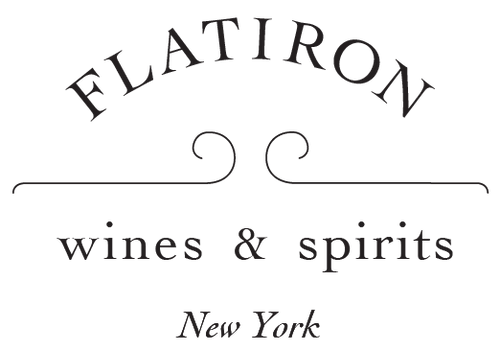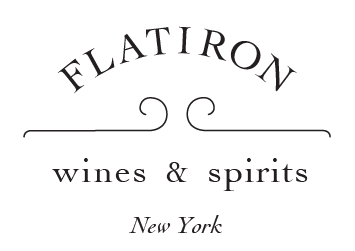Lenkey Pinceszet
We love many "drink-now" wines. And of course we covet wines we can lay down and enjoy over many years. The classics are classics for a reason and they satisfy our souls, while quirky discoveries... Read More
We love many "drink-now" wines. And of course we covet wines we can lay down and enjoy over many years. The classics are classics for a reason and they satisfy our souls, while quirky discoveries from unknown regions thrill us.
It can be tough, though, to find a wine that hits all of those qualities in one fell swoop. Lenkey Pincészet wines do just that.
From one of the oldest vineyards in the world, and the first in the world to be officially classified, comes Lenkey Pincészet. These wines are dry Tokaj. But how can this be?! Tokaj is a sweet wine! Well, mostly: Tokaj Aszu is a famously sweet dessert wine and has been the wine of Tokaj since 1630.
But look back even further and you find reports of wines that have helped to inspire a new generation of dry whites that are stately like Tokaj Aszu, but fresh and accessible like a mountain white. Ambitious producers, like Géza Lenkey, use their unique terroir and indigenous grapes to produce incredible wines. But they're still new and "quirky" and are totally affordable.
Géza farms 15 parcels spread over 10 hectare in the subregions of Mad and Bodrogkeresztur. Lenkey’s vines have been organically farmed since 2005 and were some of the first in Hungary to be certified in 2015. The native yeast fermentations are spontaneous and they add nothing but some sulphur at bottling for stability. The grapes are picked with good natural acidity, and if malolactic fermentation happens to occurs, they allow it. The result is a very high acid wine with some rich, mellow notes.
Making dry wine in Hungary sounds new, but is actually just a twist on the famous Tokaj Aszu process. You may (or may not!) recall that the sweet wines are made by adding ultra-ripe botrytized grapes to an already finished dry white. So these "newfangled" wines allow the winemakers to apply all they know about their vines and terroirs to a dry wine that can be appreciated on its own, rather than going through the second step to become a dessert wine.









![Agrapart et Fils, Experience Blanc de Blancs Brut Nature Grand Cru, NV [2019]](http://nyc.flatiron-wines.com/cdn/shop/files/Agrapart-et-Fils-Experience-Blanc-de-Blancs-Brut-Nature-Grand-Cru-NV-2019-Sparkling-Wine-Flatiron-Wines-Spirits-New-York_{width}x.jpg?v=1747060791)





